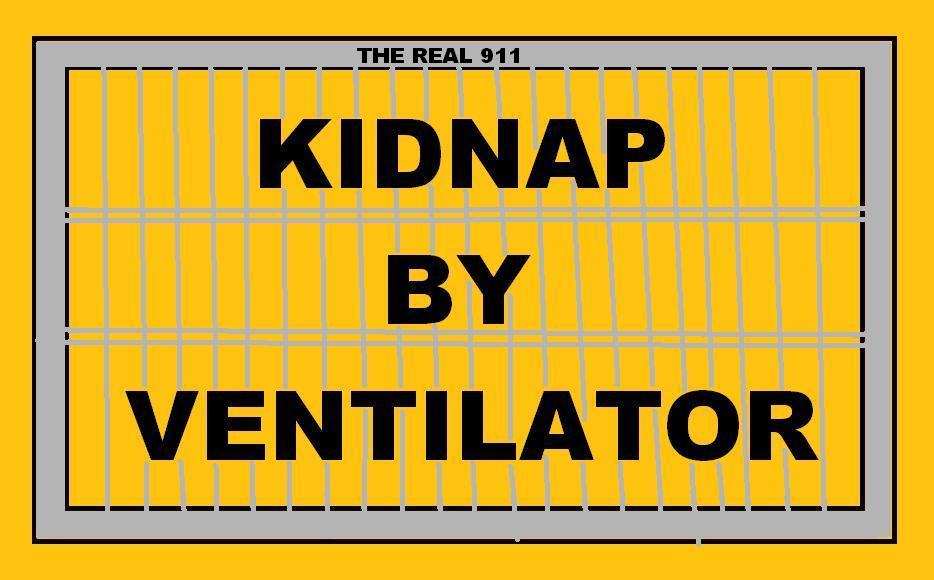

What makes her recovery astounding isn’t just the idea that someone could come back from two hours in a state that would once have been considered death.

But by age five, after extensive outpatient therapy, she had recovered her faculties completely. Her right leg and left arm were partially paralyzed. Two weeks after her accident, she went home.

Then, slowly, she came back to life.įirst, her pupils started to react to light.

So the team drilled a hole into the girl’s skull, threaded in a probe to monitor her cerebral pressure, and kept that pressure tightly controlled by constantly adjusting her fluids and medications. A CT scan showed global brain swelling, which is a sign of diffuse damage, but no actual dead zones. Over the next two days, all her organs recovered except her brain. A day later, her lungs had recovered sufficiently for the team to switch her from ECMO to a mechanical ventilator and close her chest. The team moved the girl into intensive care, with her chest still open and covered with plastic foil. The surgeons opened her chest down the middle with a power saw and sewed lines to and from the ECMO unit into her aorta and her beating heart. So they switched her to an artificial-lung system known as ECMO-extracorporeal membrane oxygenation. The team tried to put her on a breathing machine, but the pond water had damaged her lungs too severely for oxygen to reach her blood. It was her first organ to come back.Īfter six hours, her core temperature reached 98.6 degrees. By the two-hour mark, however, her body temperature had risen almost ten degrees, and her heart began to beat. Between the transport time and the time it took to plug the inflow and outflow lines into the femoral vessels of her right leg, she had been lifeless for an hour and a half. A surgical team put her on a heart-lung bypass machine. A helicopter took her to a nearby hospital, where she was wheeled directly to an operating room. Her pupils were dilated and did not react to light, indicating that her brain was no longer working.īut the emergency technicians continued CPR anyway. The girl had a body temperature of sixty-six degrees, and no pulse. A rescue team arrived eight minutes later. Following instructions from an emergency physician on the phone, they began cardiopulmonary resuscitation. She was lost beneath the surface for thirty minutes before her parents found her on the pond bottom and pulled her up. Consider a case report in The Annals of Thoracic Surgery of a three-year-old girl who fell into an icy fishpond in a small Austrian town in the Alps. Reviving a drowning victim, for example, is rarely as easy as it looks on television, where a few chest compressions and some mouth-to-mouth resuscitation always seem to bring someone with waterlogged lungs and a stilled heart coughing and sputtering back to life. The difficulties of life support are considerable. If the intestines are too damaged, solutions of amino acids, fatty acids, and glucose can be infused directly into the bloodstream. When you are unconscious and can’t eat, silicone tubing can be surgically inserted into the stomach or intestines for formula feeding. Typically, this involves a panoply of technology-a mechanical ventilator and perhaps a tracheostomy tube if the lungs have failed, an aortic balloon pump if the heart has given out, a dialysis machine if the kidneys don’t work. Intensive-care units take artificial control of failing bodies. The non-medical term “life support” gets us closer. Specialists in the field prefer to call what they do “critical care,” but that doesn’t exactly clarify matters. Now survival is commonplace, and a large part of the credit goes to the irreplaceable component of medicine known as intensive care. These conditions had once been uniformly fatal. The damage that the human body can survive these days is as awesome as it is horrible: crushing, burning, bombing, a burst blood vessel in the brain, a ruptured colon, a massive heart attack, rampaging infection. If a new drug were as effective at saving lives as Peter Pronovost’s checklist, there would be a nationwide marketing campaign urging doctors to use it.


 0 kommentar(er)
0 kommentar(er)
